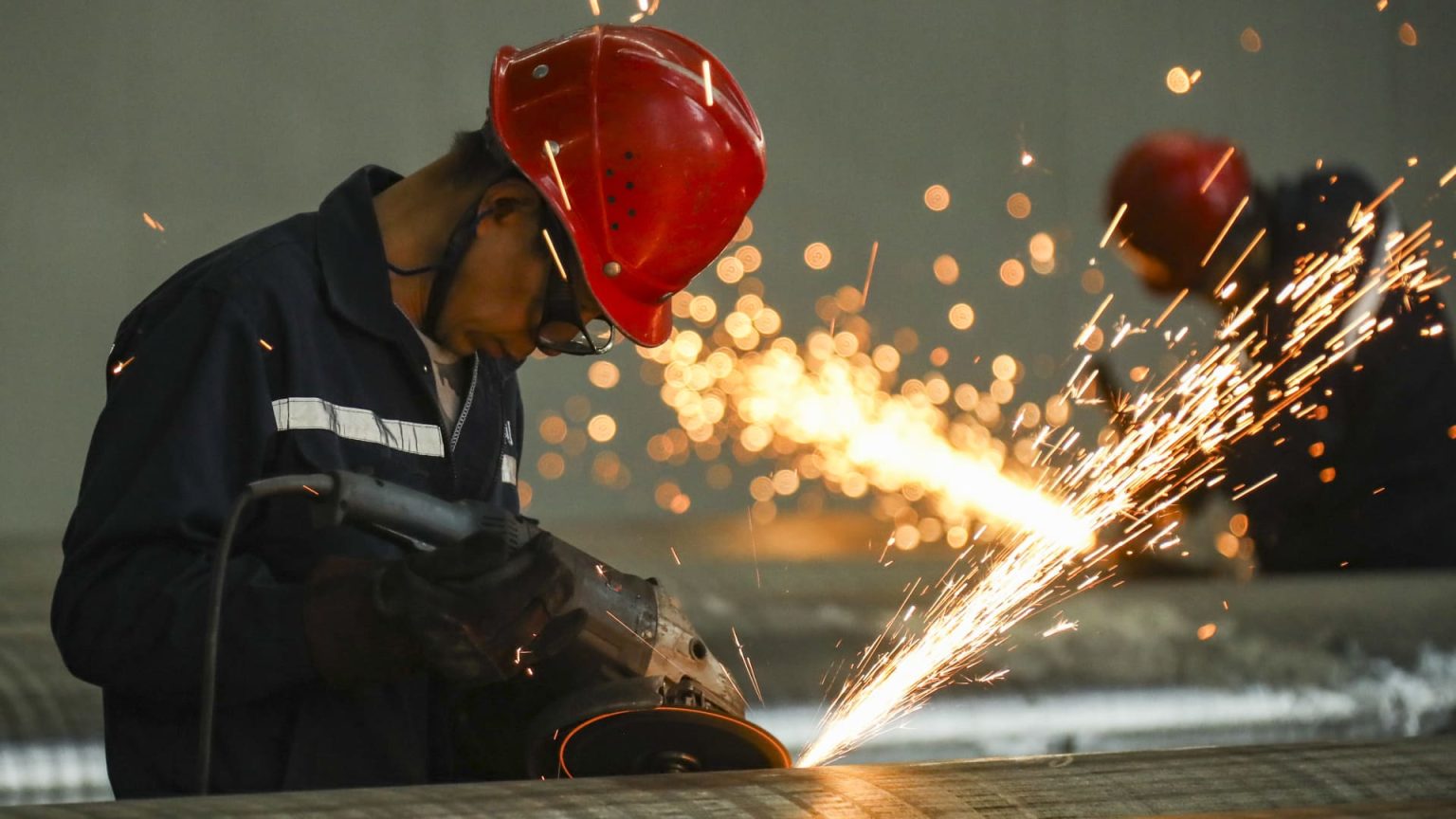China’s steel industry is facing challenges due to the weakened property sector, which has led to lower demand for steel and iron ore. The slump in the property market is expected to last for several years, impacting the industrial metals required for infrastructure projects. China is the world’s largest producer and consumer of steel, but prices for steel rebar and iron ore have dropped significantly this year. The steel industry is going through a “winter,” according to the chairman of Baowu Steel, the world’s largest steel producer, as margins are being squeezed by weak demand.
Steel makers in China are facing tough conditions as they struggle with excess capacity and low domestic demand. The industry is in the midst of a long-term adjustment period, with muted demand expected to continue into 2025 due to the weak property market. Chinese steel exports have had a significant impact on steel production prospects in the rest of the world, leading to charges of dumping from several countries. Countries like Thailand, India, and Vietnam have imposed anti-dumping duties on certain Chinese steel products in response to increased exports from China.
The excess production of steel in China has led to unsustainable market conditions, according to industry experts. ArcelorMittal, the world’s second-largest steel producer, has warned that China’s excess production is resulting in very low domestic steel spreads and aggressive exports. This could lead to oversupply in export destinations, hurting domestic steel makers’ stock prices. Chile’s largest steel mill recently announced the indefinite closure of its steel operations due to the inability to compete with Chinese steel. The steel market is facing challenges as Chinese exports continue to rise, impacting global steel production.
As Chinese steel exports continue to increase, the global steel market is facing an oversupply issue. Five Southeast Asian countries, including Vietnam, Thailand, the Philippines, Indonesia, and Malaysia, absorbed 26% of China’s steel exports in 2023, followed by South Korea at 9%. China’s excess production relative to demand is causing concerns among industry analysts, as the situation could lead to lower steel prices globally. With weak domestic demand and growing exports, China’s steel industry is facing a challenging outlook, with prospects for improvement uncertain in the near future.


